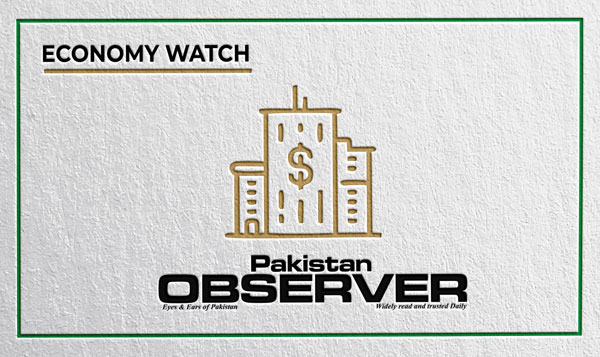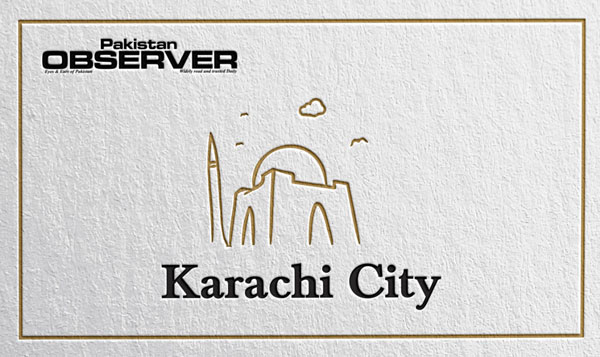Sri Lankan economic crisis and currency management
THERE are lots of similarities between Pakistani and Sri Lankan economies and understanding the Sri Lankan economy can help us avoid similar crisis in Pakistan.
However, there are lots of misunderstandings about the causes of Sri Lankan crisis. Many economists believe that the root cause of Sri Lankan economic woes is the undue protection of the value of currency.
They believe that keeping the value of the currency stable causes losses in international trade and to control the growing trade deficit and to keep the currency stable, it is necessary to spend foreign exchange, which reduces the exchange reserves, and finally, a situation like Sri Lanka arises.
In the opinion of these friends, Ishaq Dar also had the same policy during his tenure, so they satirically termed it as Daronomics.
In short, they believe that trying to keep the value of the currency stable leads to an increase in the trade deficit and a decrease in foreign exchange reserves.
The above point of view is consistent with the ideas taught in the textbooks but it has little to do with reality.
The data shows that keeping the value of the currency stable does not necessarily lead to a decrease in foreign exchange reserves nor does a decrease in the value of the currency improve the balance of trade.
The value of the Pakistani currency remained stable during the four-year rule of Ishaq Dar, but its foreign exchange reserves continued to increase.
According to common perception, Ishaq Dar spent tens of billions of dollars just to keep the currency stable, while the fact is that under Ishaq Dar, Pakistan’s public external debt increased by $14 billion while its reserves increased by 10 billion, which implies that net addition in public debt was only 4 billion.
How can a subsidy of 40 billion be possible when the current account has been permanently negative and net borrowing is only 4 billion?
Interestingly, the value of the Sri Lankan currency has been stable over the past year, while Pakistan has left the value of the currency at the mercy of the market, which has led to a decrease in the value of the Pakistani currency over the past year by about 30%, while the value of the Sri Lankan currency depreciated only 3% in one year.
According to the mainstream theory, Pakistan’s performance in trade should be much better than that of Sri Lanka.
But the reality is quite the opposite. Sri Lanka’s imports have increased by 32% in the last one year, while Pakistan’s imports have increased by more than 52%.
Sri Lanka’s trade deficit widened by 56% in one year, while Pakistan’s trade deficit widened by 67% in the same period.
As a result, Pakistani international trade, despite the significant depreciation of the currency, performed poorer than the Sri Lankan trade.
So what happened to the Sri Lankan economy suddenly falling to its knees? There are two main reasons for this.
First, despite the widening trade deficit in Pakistan, the current account remains good because of steadily rising remittances from overseas Pakistanis.
Remittances in Pakistan have been growing at an impressive pace over the last two decades. Even during the Corona crisis, remittances did not slow down.
The situation is quite different in Sri Lanka, where remittances have dropped significantly in the last two years. The second major cause of Sri Lanka’s economic crisis is the severe decline in tourism.
In 2018, tourism revenue in Sri Lanka was around $ 4.8 billion, while in 2020 this revenue decreased to only $ 0.6 billion and in 2021 this revenue decreased further For a country with an annual export of about $10 billion, a loss of $ 4 billion in revenue was a huge loss, causing the balance of payments to deteriorate so much that the current situation arises.
For a small economy with total exports of about $ 10 billion, if there is reduction of $ 2 billion in remittances, 4 billion in tourism was lost, and $ 2 billion is increase in import bill due to global price factors and the country has to pay $ 3billion as external debt, a crisis was inevitable.
In developing countries, depreciation of the currency hurts the local economy severely.
For industries that are involved in international trade, the devaluation of the currency may be somewhat meaningful, but the industry based on local needs is only negatively affected by the devaluation of the currency.
Pakistan and Sri Lanka import a large quantity of machinery and raw material for all local industries.
The devaluation of the currency makes raw material more expensive, which has serious negative effects on industries, and as a result, imports of goods that could have been produced locally also begin to increase.
Even with halving the value of currency it was impossible to cover the loss of balance of payments occurring from three different sources i.e. the remittances, tourism and oil prices and a crisis was inevitable.
The solution of the problem both for Pakistan and Sri Lanka lies in replacement of imports with local substitutes.
The two countries need to replace fossil fuel with renewable biofuels. This is the only way to impose a sizable dent in mounting imports.
The economic solutions listed in the textbooks give rise to more problems than they solve. The economic theories must be reevaluated in local context before they are used for policy making
—The writer is Director, Kashmir Institute of Economics, Azad Jammu and Kashmir University.











